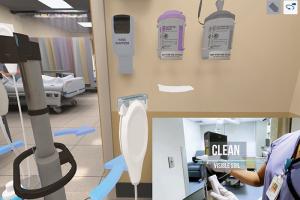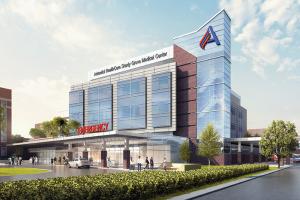Health system uses IT as a foundation to grow
More than a decade ago, leaders at Citizens Memorial Hospital (CMH) took the bold step to invest mightily in information technology. Recall that those were the nascent days of health IT. The Office of the National Coordinator for Health IT didn't come into existence until 2004.
Still, across the industry, people were beginning to visualize how automated and digitized systems could streamline workflow and improve patient care. The board and executive team at the 89-bed rural hospital in Bolivar, Mo., were no different. In 2002–2003, they invested $6 million — roughly 12 percent of the organization's $50 million operating budget — on a health IT system.
"It was as much as we had spent on any building at that time," says Denni McColm, CMH's chief information officer. "We had long discussions about the false sense of security that people had that their doctors knew everything about them. At that time, a patient's paper medical records could have been spread across 33 different locations so, of course, doctors had to redo tests."
The significant capital investment coincided with a strategic plan to focus on the CMH brand. The hospital had been acquiring and affiliating with clinics and other providers. It was time to start acting like one organization, McColm says.
Flash forward to 2015: CMH is doing more than acting like one organization, it is using health IT as the underpinning to grow and drive care coordination across its market.
For instance, when CMH added a sixth long-term care facility to its portfolio in 2011, there was no hesitation in expanding the necessary infrastructure to ensure the flow of patient records.
"We administer a lot of medications to those 500 residents," McColm says of the six long-term care facilities. "When we discharge a patient, we don't have to send the paper record. We just send the patient, because the record is all together" and available electronically.
CMH is also showing positive results in utilizing IT to improve population health. Through two years of a medical home program, IT is being used in 12 rural health clinics to help case managers improve care. They've seen significant improvement in care for people with diabetes, including a 7 percent climb in patients whose A1C is less than 8 percent; an 11 percent increase in females getting a mammogram; and a 10 percent increase in patients getting a colorectal cancer screening.
"IT is part of the foundation to grow and meet the needs of the community," McColm says.




